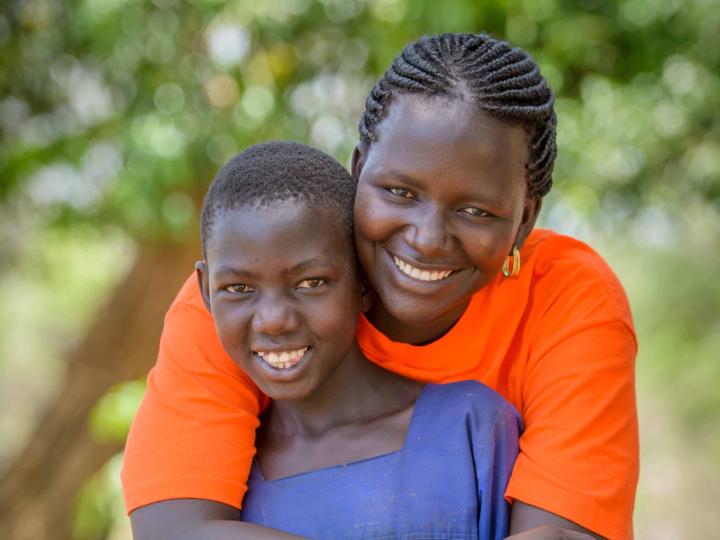
Child Protection
2021-2025
VISION
Build loving communities that protect and heal children to prepare them for a brighter future.
GOAL
To contribute to increased children who have positive and peaceful relationships in their families and communities. More than 5 million children to be reached by 2025.
Who will the programme IMPACT?
- Most vulnerable girls and boys.
- Parents and caregivers.
- Faith and cultural leaders.
- Teachers and community leaders.
- Government (Ministries, Departments, and Agencies) and local governments.
- Civil Society Organisations, Non-governmental organizations, and UN agencies.
What will the programme ACHIEVE?
- Improving laws and accountability.
- Increasing social services and support.
- Attitude and behavior change.
- Increasing budget for child protection.
- Empowering boys and girls with life skills, resiliency, and voice to protect themselves and their peers.
- Empowering communities including faith leaders, parents/caregivers, and civil society to make child-centered decisions.
- Strengthen alternative care system for most vulnerable children including unaccompanied, separated, and children with special needs to receive adequate support.
How will this be ACHIEVED?
- Support girls and boys with life skills to effectively participate in matters that affect them and to have positive, peaceful, and non-violent relationships with adults and each other.
- Empower parents and caregivers to respect, nurture and protect children against all forms of violence.
- Support communities, including schools, to demonstrate non-violent behavior and oppose violence against children.
- Partner with faith and cultural institutions to actively participate in promoting positive attitudes, norms, and practices that prevent violence against children.
- Advocate for effective laws, policies, and systems to be put in place to protect children from all forms of violence against children.
- Advocate for the increased budget by local governments for child protection issues or activities.
What will SUCCESS look like?
- Children have positive, peaceful relationships with adults and each other.
- Parents and caregivers make child-centered decisions and are empowered to respect, nurture and protect children.
- Communities, including schools, promote safe environments for children.
- Effective laws, policies, and systems are in place and enforced to protect children against all forms of violence.
- Increased budget allocations by local governments to support child protection activities/issues.
Our APPROACHES and MODELS
Citizen Voice and Action (CVA)
Communities monitor and advocate for a safe environment for children.
Key activities;
- Establish and train CVA groups to advocate for improved service delivery to meet formal standards and laws.
- Support CVA teams in gathering evidence and community feedback to inform their advocacy agenda.
- Support CVA groups to identify root causes of violence against children and to actively participate in the process of finding solutions.
Channels of Hope
Equip faith Leaders to use their role and combat cultural beliefs that negatively impact communities/
Key activities
- Train faith leaders to identify and support the most vulnerable children in their communities.
- Support faith leaders to effectively mobilize congregations and strengthen existing community structures to protect children.
Celebrating Families
Support parents and caregivers to create family and community environments that foster children’s spiritual development and overall well-being.
Key activities
- Equip parents and caregivers to support their children’s spiritual; development through interactive workshops.
- Equip parents and caregivers with positive disciplining techniques through faith and community leaders established support groups.
We are PRESENT in 32 districts
- Tororo
- Hoima
- Kikuube
- Kagadi
- Kakumiro
- Kyankwanzi
- Nakasongola
- Rakai
- Butambala
- Kamwenge
- Bundibungyo
- Buliisa
- Kiboga
- Karenga
- Agago
- Oyam
- Omoro
- Gulu
- Soroti
- Bugiri
- Busia
- Buikwe
- Moyo
- Terego
- Adjumani
- Yumbe
- Madi Okollo
- Arua
- Obongi
- Lamwo
- Mayuge
- Koboko
*Statistics as of 2021